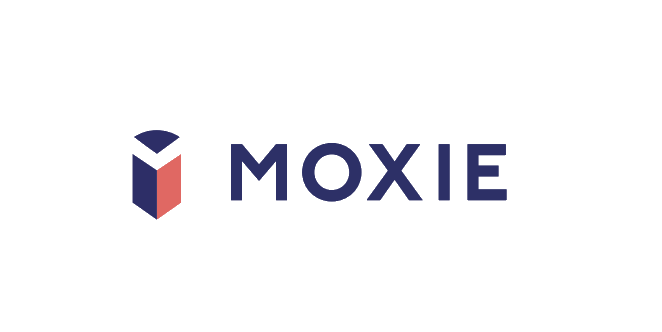Unveiling the Research Methods: A Journey Through the Scientific Landscape
When just starting a manuscript, it’s often helpful to begin by writing your methods. If we think about the hourglass concept of a research article, the methods occur in the narrowest part of the hourglass, meaning that we are writing with a lot of specificity and focus. Writing about methods also means writing about what we’ve already done, which is a tangible and sometimes easier place to start (as opposed to the synthesis required of writing an intro and lit review). So, today’s post will provide some tips on writing the methods section.
As a linguist, I know from research in my field that there are three main goals expert/successful research writers aim to reach as they write out their methods. Based on analyses of published writing, we know that those goals are:
Contextualizing the study’s procedures
Describing the overall research plan
Explaining the data analysis
Those aims seem pretty straightforward, but how do we accomplish them? To find an easy, approachable explanation, I turned to ChatGPT for help. I asked for an analogy for employing the three goals to help a research writer understand how to communicate this in plain language. What follows is what the machine and I developed together.
#teamwork
Goal 1: Contextualizing the study methods
In crafting a solid methods section, think of it as creating a travel log for your research journey. To contextualize your study methods, reference previous works like explorers might consult maps before embarking on their journey. Provide general information and describe the setting, just as adventurers describe the landscapes they encounter, allowing readers to visualize the context. Introduce the subjects/participants, breathing life into your research by describing their characteristics and significance, similar to introducing the fellow travelers on your expedition. Lastly, rationalize your pre-experiment decisions, much like experienced explorers explaining their calculated choices based on their expertise and knowledge of the terrain.
Goal 2: Describing the study
To describe your study effectively, consider your methods section detailing the specific travel sequences of your research journey. Acquire the data, collecting it as explorers gather valuable artifacts. Describe the data and identify variables, clearly showing what you encountered and discovered during your expedition. Explain the experimental/study procedures and the tools/instruments/materials/equipment used, akin to outlining the gear and techniques employed during your adventure. Rationalize your experiment decisions, allowing readers to understand the reasoning behind your choices. Additionally, you might want to report incrementals (preliminary findings) to promote understanding of choices made in the experiment.
Goal 3: Analyzing the data
Just as explorers carefully analyze their findings, analyzing the data in your research is a crucial goal. Prepare the data for analysis, ensuring it is organized and ready for examination, much like explorers organizing and categorizing their collected artifacts. Describe the data analysis methods employed, explaining the techniques used to make sense of the information gathered. Lastly, establish credibility in your analysis, showcasing the validity and reliability of your findings, akin to explorers providing evidence and supporting their discoveries with expertise and thorough documentation.
Remember, when writing your methods section, imagine yourself as an adventurous explorer recounting your research journey through a captivating travel log, providing enough details and explanations for others to embark on the same journey.
May your journeys through the scientific landscape be filled with wonder, discovery, and the joy of unraveling the mysteries surrounding us.
About the Author
Kimberly Becker, Ph.D.
Applied Linguist Specializing in Disciplinary Academic Writing
Kimberly is a lecturer in the English department at Iowa State University (ISU). She has a Ph.D. in Applied Linguistics and Technology (ISU, 2022) and an M.A. in Teaching English as a Second Language (Northern Arizona University, 2004). Kimberly’s research and teaching experience in disciplinary academic writing has equipped her to support native and non-native English speakers in written, oral, visual, and electronic communication. Her most recent publication is a co-authored e-book for graduate students titled Preparing to Publish, which provides information about composing academic research articles. In her spare time, she enjoys practicing yoga, gardening, and walking with her two poodles.




